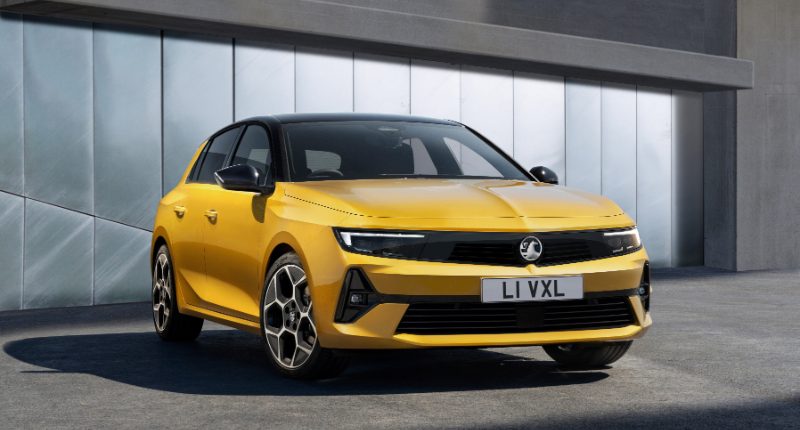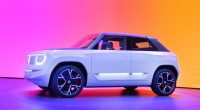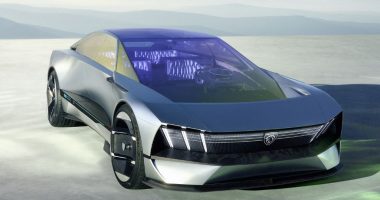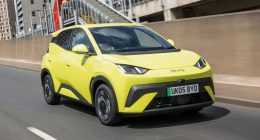Order books for Vauxhall’s sharp suited new hatchback open this month, with diesel and petrol engines being joined for the very first time by a plug-in hybrid model and all-electric version.
Strikingly styled and re-engineered from the ground up, Vauxhall believes its eighth-generation Astra will have something for everyone when the first examples of its Ford Focus challenger lands next year.
For the first time buyers will have four powertrain choices, with the electric-only ‘Astra-e’ expected to utilise the ‘EMP2’ architecture and associated hardware developed by its parent company, Stellantis.
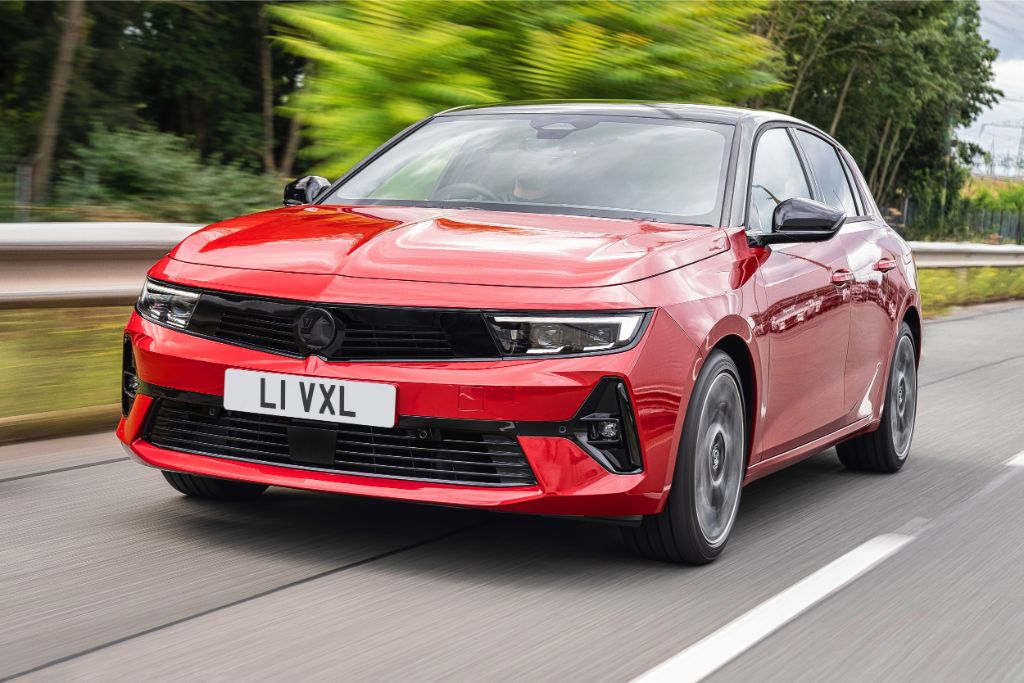
While Vauxhall is remaining tight-lipped about the Astra-e, and how far it can go on a single charge, it has confirmed there will be two PHEV options. This mates a 1.6-litre four-cylinder turbocharged petrol – with 148bhp or 178bhp – to a 109bhp electric motor that draws its power from a 12.4kWh battery.
Irrespective of whether customers opt for the 178bhp or 222bhp PHEV, an eight-speed automatic is used and the EV range of both cars is the same at 35-miles. Thanks to the on-board charger that has a 7.4kWh rating, no more than two hours is required in order to replenish the cells from zero to 100%.
Full- and part-electrified options join a 1.2-litre petrol turbo triple in two states of tune – 108bhp and 128bhp – and a solitary 1.5-litre four-cylinder diesel turbo with 128bhp. As standard, these are married to a six-speed manual transmission, although an eight-speed automatic transmission can be specified.
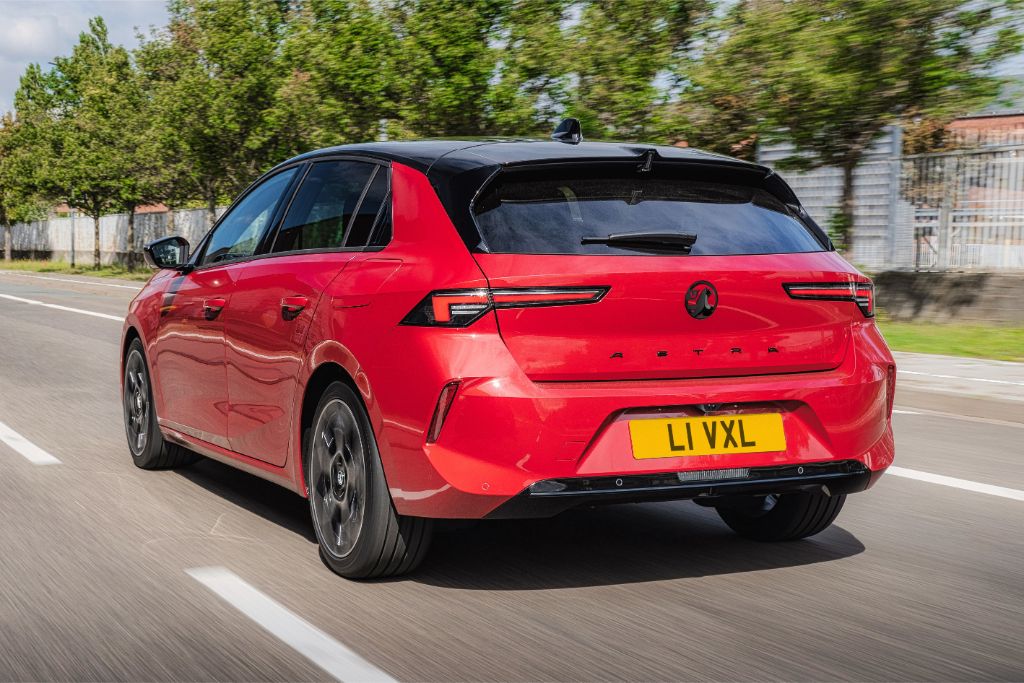
Either side of the five-door hatchback arriving in 2022 and the Astra-e landing some 12 months later, a Sports Tourer estate joins the line-up. More information on that exact model is expected imminently.
Design-wise this Astra ushers in a daring look. The front incorporates the company’s ‘Vizor’ headlamps and grille combination, with the rear L-shaped LEDs framed inside angular two-piece tail-lamps. LED headlights come as standard, but these can be upgraded to Intelli-Lux units that consist of 168 individual LEDs.
The side profile is lifted by sharp creases above the bigger front and rear arches that accommodate 16-, 17- and 18-inch wheels, and along the sills. A two-tone paint finish is available for the first time on the Astra, which now has its name spelled out across the bootlid in plastic letters to save weight.
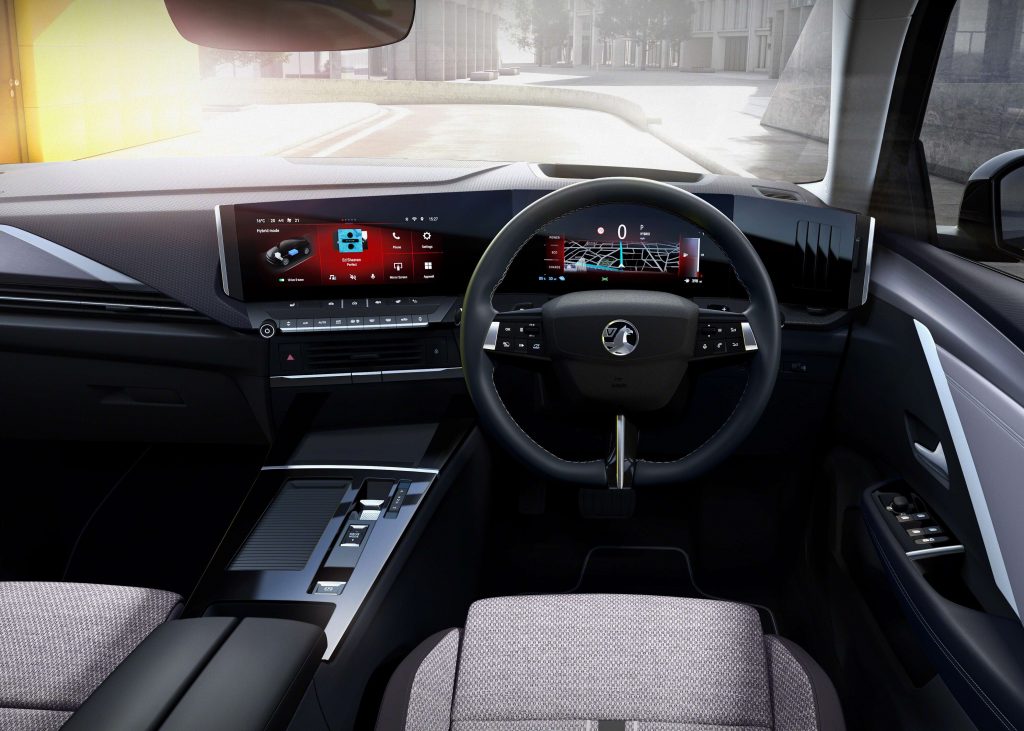
Size-wise, the Astra’s wheelbase has been stretched – albeit slightly – and the body sits 15mm closer to the road to give a more planted, purposeful stance. Injecting extra length has allowed for a bigger boot than before (422-litres) and, while still to be confirmed by Vauxhall, better space for rear occupants.
As well as interior packaging gains the technology count has also been upped significantly for the Mk8.
The car’s previous analogue facia makes way for a digital binnacle and adjoining multimedia screen as part of Vauxhall’s ‘Pure Panel’ philosophy. Below the centre screen physical controls are cited, with shortcut buttons also found on the steering wheel. Storage has been freed up on the lower console by adopting a button for the electronic handbrake and a sliding gear selector for automatic versions.
Prices for entry-level models are expected to kick-off around £22,000 rising to more than £30,000 for plug-in versions. One model change sees the three-door being dropped altogether from the range.
